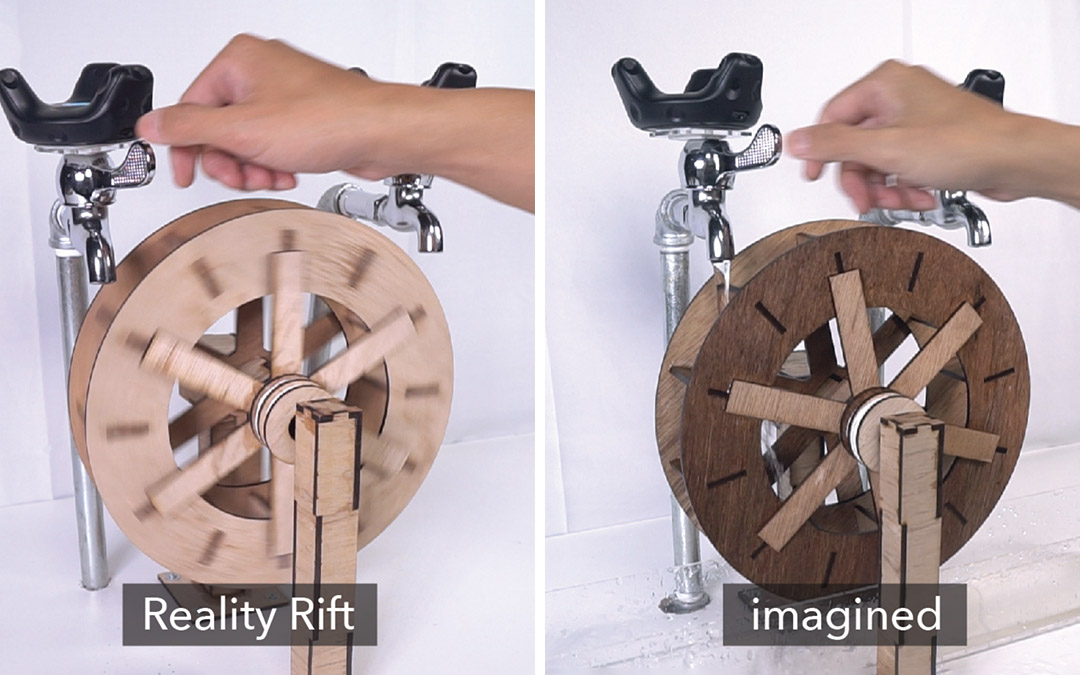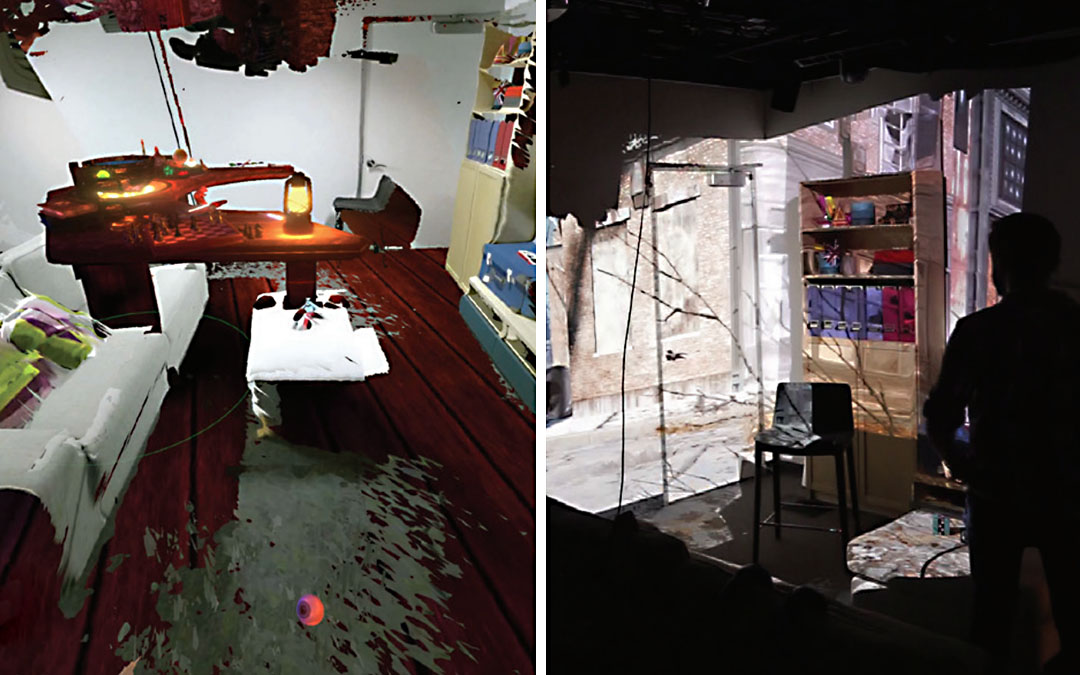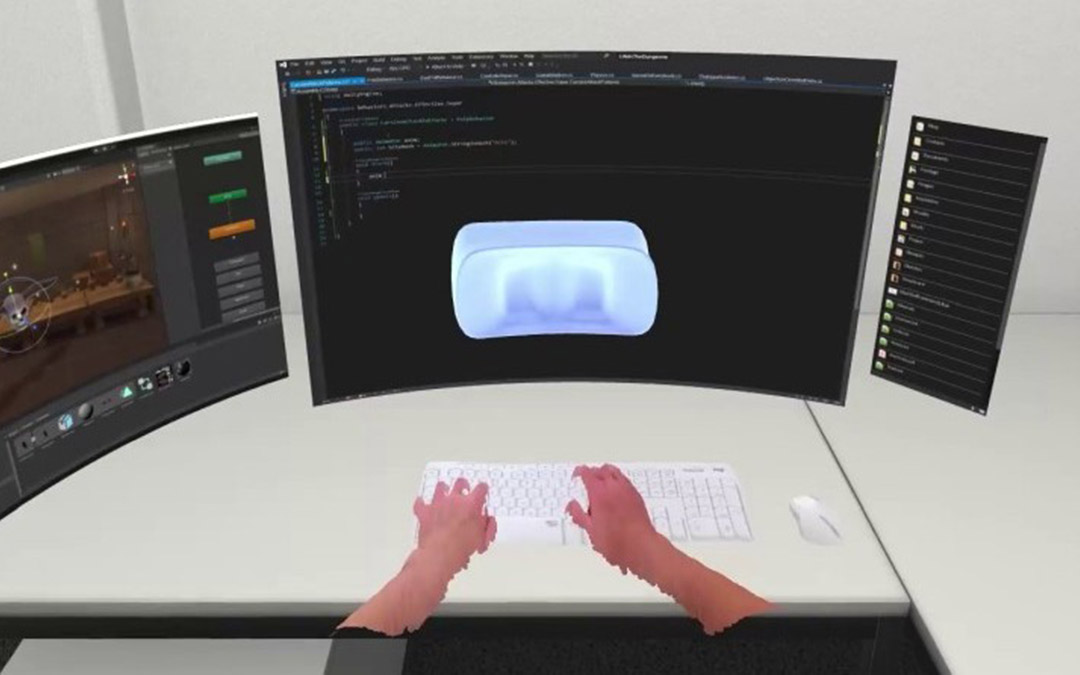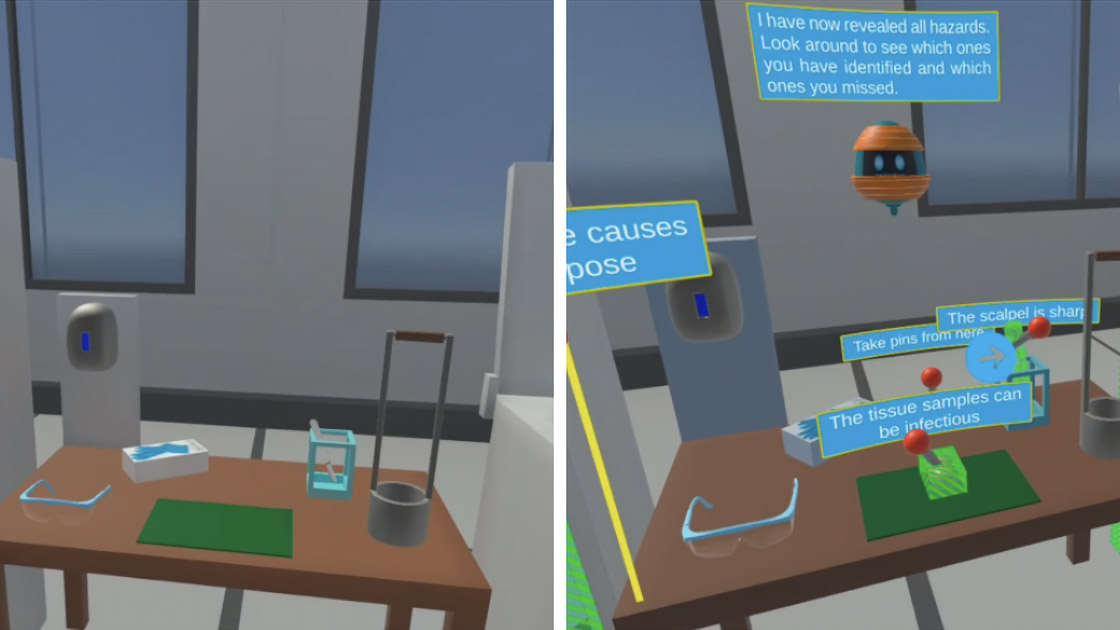Imaginary Reality Gaming
Ball Games Without a Ball
ACM UIST 2013Abstract
We present imaginary reality games, i.e., games that mimic the respective real world sport, such as basketball or soccer, except that there is no visible ball. The ball is virtual and players learn about its position only from watching each other act and a small amount of occasional auditory feedback, e.g., when a person is receiving the ball. Imaginary reality games maintain many of the properties of physical sports, such as unencumbered play, physical exertion, and immediate social interaction between players. At the same time, they allow introducing game elements from video games, such as power-ups, non-realistic physics, and player balancing. Most importantly, they create a new game dynamic around the notion of the invisible ball. To allow players to successfully interact with the invisible ball, we have created a physics engine that evaluates all plausible ball trajectories in parallel, allowing the game engine to select the trajectory that leads to the most enjoyable game play while still favoring skillful play.
Video
Reference
Patrick Baudisch, Henning Pohl, Stefanie Reinicke, Emilia Wittmers, Patrick Luehne, Marius Knaust, Sven Koehler, Patrick Schmidt, and Christian Holz. Imaginary Reality Gaming: Ball Games Without a Ball. In Proceedings of ACM UIST 2013.




